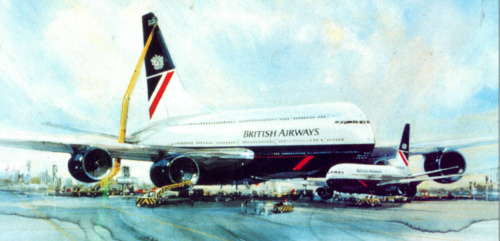Hobbes said:Also, according to http://www.bls.gov/fls/#compensation there's a whole bunch of countries that have higher labor costs than the US.
Those aren't the countries that industries are moving to. Your link actually proves my point.
Hobbes said:Also, according to http://www.bls.gov/fls/#compensation there's a whole bunch of countries that have higher labor costs than the US.
Byeman said:Hobbes said:That's not the cause of higher labor cost in the US. If health and retirement are funded by the government, they have to set taxes to finance these. A large proportion of these will be funded through income tax. You'll see that the income tax rate is much higher in Europe than in the US.
Huh? Income tax has no bearing on labor costs. Income tax is on the worker and not born by the companies and hence they do not pass it on.
Hobbes said:Of course income tax has a bearing on labor cost. If X is a decent living wage, the company has to spend X+taxes per employee.
Hobbes said:What's the point of comparing labor cost between countries without accounting for taxes?
That is totally incorrect. Income tax doesn't cover healthcare or pensions as these are paid separately on top of the salary. So the actual labour cost to the company is salary + social fees which in my case (Sweden) are about 1/3 of the salary. So if I have a salary of $3000 my cost to the employer is $4000.Byeman said:Huh? Income tax has no bearing on labor costs. Income tax is on the worker and not born by the companies and hence they do not pass it on.
Reaper said:What about the current status of the US aerospace industry? Are there enough orders, are people beeing hired?
Sequestration is topic No. 1 among the federal contractor community these days. But there may be more than just talk surrounding the prospect of deep federal budget cuts should Congress fail to arrive at a budget for fiscal 2013 before fiscal 2012 ends on Sept. 30.
Reaper said:L3 is doing fixed wing aircraft? Maybe supporting to build them, but they are not a aircraft system integrator!
Reaper said:Also I wonder if you could count American Eurocopter now as a prime contractor, after selling the UH-72.
The UH-72 entire power train, flight control and structural design come from Germany.
Your description of that cartoon actually sounds a lot like the concept picture of British Airways' 3 deck megaliner passing by a much smaller plane from FLIGHT International in 1992. And here it is.During these consolidations, Air International ran a cartoon making light of the end result. It depicted a small aircraft with "British Aerospace" painted on the fuselage being passed on the taxiway by an enormous superjumbo painted with the name "McDohop Boheed". I'll try to post it if I can find it.

